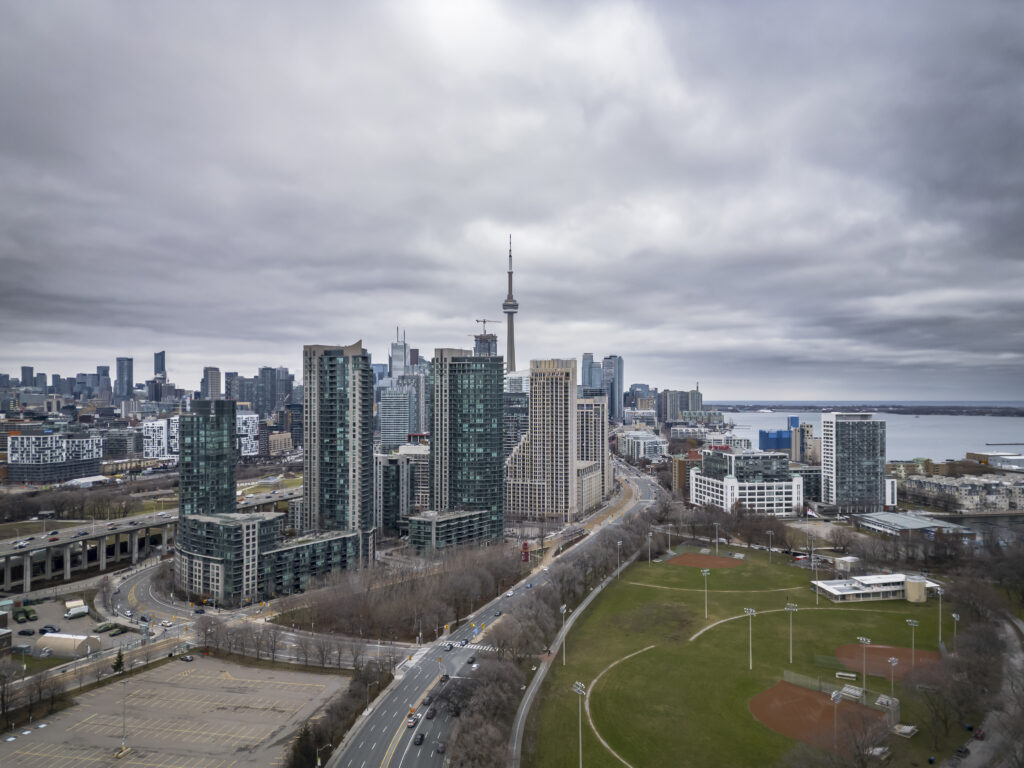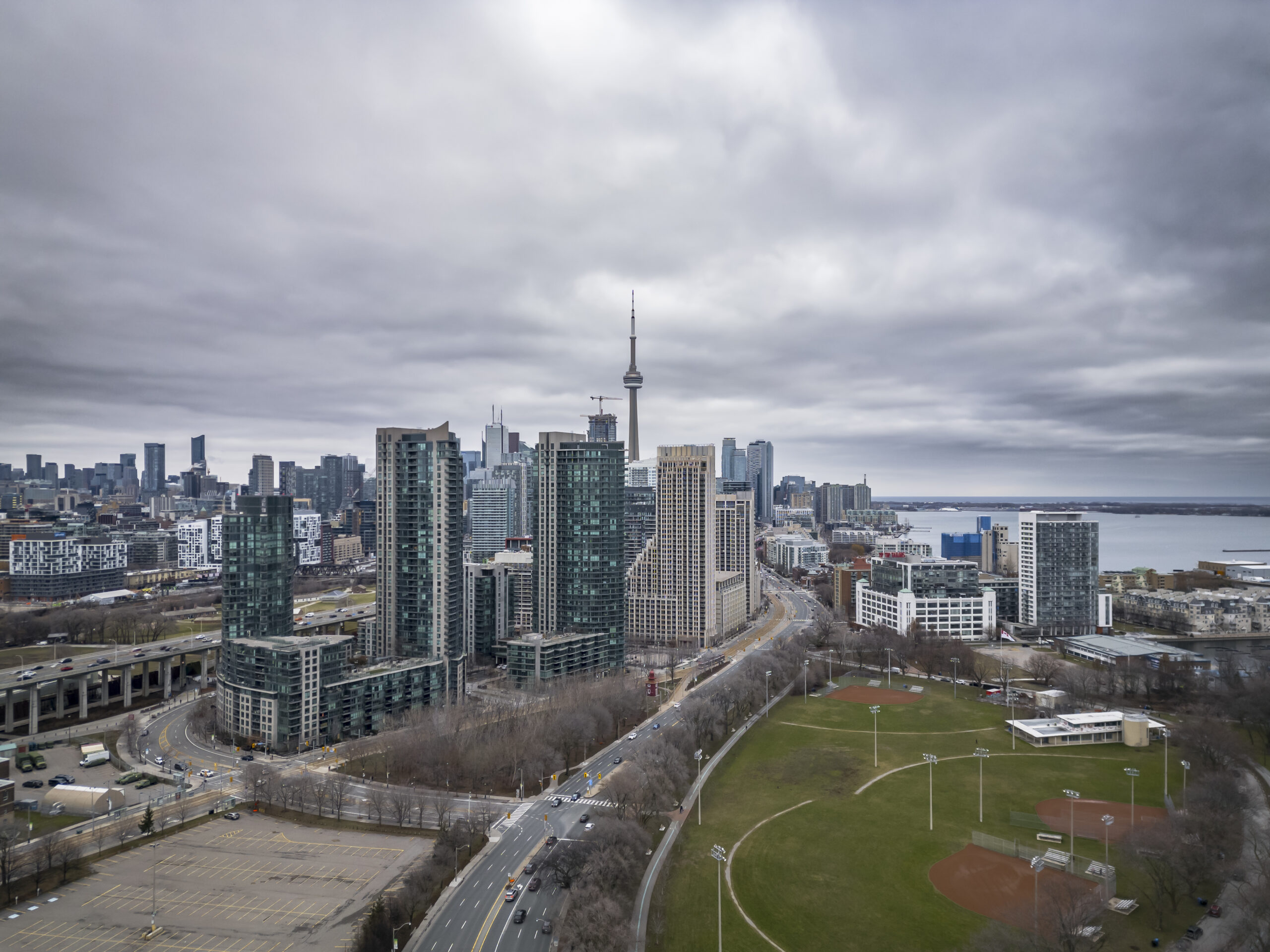Introduction: Mastering Your Drone Flight
Flying a drone is one of the most rewarding parts of photography and videography — but it comes with a learning curve. Whether you’re just getting started or have logged dozens of flights, these 10 essential drone flight tips will help you shoot smoother footage, avoid common mistakes, and stay safe in the air.
Let’s dive into the tips that will make every flight more predictable, cinematic, and enjoyable.
10 Tips to An Awesome Drone Flight
Today I’m going to offer you 10 drone tips to ensure a successful flight. Blogging isn’t new to me. I’ve written quite a few on my photography website sofotographic.com and on a previous website called The Language of Light that my host at the time lost. But we won’t get into that.
Today I’m going to share with you 10 tips to an awesome and successful drone flight. I’m by no means an expert, but I’ve flown a lot and made just as many mistakes. If I can keep you all from making the same mistakes, then I will have achieved my goal. And, by all means, if you have some tips you’ve discovered over time, please share them in the comments below. These are in no particular order of importance…
Now let’s get it…
1. Fly in straight patterns
I like to edit my flights and upload them to my YouTube channel. Through my experience, a flight video looks better when you fly in a straight line, following whatever plan you’ve laid out or imagined. Avoid turning during your flight—it’s not nearly as smooth as stopping the recording, turning, and then starting another pattern. You can add transitions in post, or not. I prefer transitions, as they make the end result more pleasing to the eye.
2. Don’t tilt the camera during flight
I’m not going to mince words—this looks bad in my view. I tried it once while flying over Railway Alley in Toronto and hated it. For the same reason as above, tilting won’t get you cinematic video. If you want another angle, take another pass with the camera already tilted. People don’t mind multiple angles of the same path. It might make your video longer, but the longer, the better if you ask me.
3. Be careful flying between buildings
If you live in a city like Toronto, your downtown core is full of tall buildings and it’s tempting to fly between them. While it might seem like a great idea, it’s risky. Three things might happen:
-
Your drone will get caught in a wind tunnel.
-
Your GPS signal will get lost.
-
You’ll get interference to your signal.
These have all happened to me, more than once. Stay in a straight line at the same altitude. If you stray too far, you may struggle to return home without GPS or signal.
4. Don’t fly without GPS
This might sound obvious, but many pilots ignore it. If your drone shows no GPS signal when connecting to the controller, don’t take off. Wait until you pick up at least 10 satellites. Your drone needs GPS to navigate safely.
5. Watch the battery level
This one is important. The battery level is on your screen for a reason. You can turn on voice alerts, too. I had a close call on Lake Muskoka when I wasn’t paying attention. You don’t want to land with a critically low battery, especially near water. Watch your battery level!
6. Respect privacy
This might be the most important tip. I’ve seen videos of people buzzing apartment buildings and balconies. It’s not cool, and it’s making its way into the media. If people keep doing this, privacy laws will change—and goodbye city flying. Fly higher and don’t invade people’s personal space.
7. Check your SD card
This seems obvious, but I’ve forgotten mine twice. I keep a spare in the controller, but it’s not fast enough for 4K. I only shoot 4K, so I always make sure the right card is in the drone before flying. Check yours too—and make sure the spare is 4K-capable.
8. Update your home point
If you rely on Return to Home, make sure your drone updates its home point before takeoff. Wait for the green dot and “home point updated” message. My Mini 3/Pro is tiny—once it’s high up, it’s easy to lose track. If I’m unsure, I use RTH. It’s never failed me unless winds are too strong.
9. Adjust the horizontal speed (gain & expo)
This is one of the best features DJI added early in the Mini 3 Pro. Set the horizontal speed to around 12 km/h for smooth, cinematic footage. Don’t set it too slow or it’ll look like the drone isn’t moving. For me, 12 km/h is the sweet spot. I aim for videos around 3 minutes after editing.
10. Avoid trees and wires at all costs
This is what causes most drone crashes. There’s no need to fly near trees or wires. If you’re too lazy to leave your backyard—well, go to an open field. The Mini 4’s sensors help, but small branches and wires are still a problem. Stay away from them.
Bonus Tip
Many new pilots fear being seen while flying. It’s silly—most people don’t care what you’re doing. I’ve only had one person talk to me while flying, and he asked me to buy him bubble tea. REALLY?!
Over time, the more you just say “f*ck it” and fly, the more fun you’ll have.
So there you have it—10 tips to make sure you’re not having a bad time with your drone.
You can thank me later.
Until next time…



Add Comment